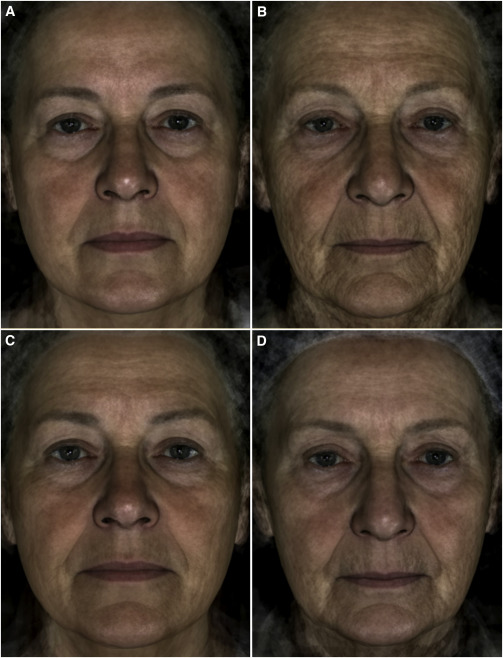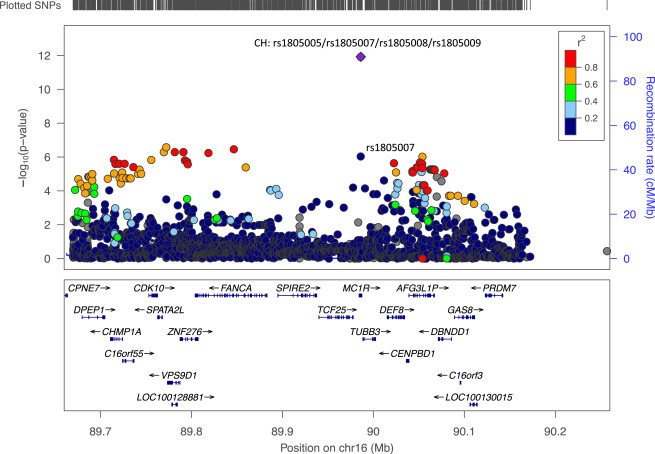Sticking to a healthy diet, working out in a gym, visiting a laser clinic - how many measures have you tried in order to stay beautiful and young? New scientific research has revealed, however, that the secret to why some people look younger or older than their actual age lies in their genes. Research published by the scientific journal Current Biology on Thursday reported that people with one form of the MC1R gene, which has been linked to skin health and pigmentation, looked two years younger than those with a different form. "People with the wild-type MC1R - who make up the majority of the population - look younger than people with a different MC1R gene variant," said Liu Fan, a co-leader of the study and a professor at the Beijing Institute of Genomics affiliated with the Chinese Academy of Sciences. Scientists from the Beijing institute, Erasmus University Medical Center Rotterdam in the Netherlands, consumer goods giant Unilever and other research centers jointly conducted the study on the genetics of perceived age. In the study, researchers showed high-resolution images of more than 4,000 faces to study subjects a total of more than 100,000 times to quantify how old the faces looked in the eyes of others. Then, after analyzing the relationship between the perceived age and about 8 million DNA variants, they identified the MC1R gene as a decisive factor in perceived age. Previous studies have found that MCR1 is the key gene for human skin's synthesizing of melanin, a deficiency of which may result in a lower defensive capacity of skin. In the long term, this could lead to more cumulative ultraviolet damage or even the development of skin cancer. The gene is also involved in oxidative damage, DNA repair and immunosuppression - processes that are relevant to the aging of skin. As a result, people with the nonwild-type MC1R variant, who make up 5 to 10 percent of Asian populations, around 10 percent of Europeans and 20 percent of residents in Australia and Iceland, look older than their physical age due to easier skin damage. (China Daily USA 04/28/2016 page3) Figure 1. Illustration of the Effect of Wrinkling and Non-wrinkling Components on Perceived Facial Age (Image by LIU Fan) Figure 2. Regional Manhattan Plot of the MC1R Gene Locus with Perceived Facial Age in the Rotterdam Study Discovery Cohort (Image by LIU Fan)

